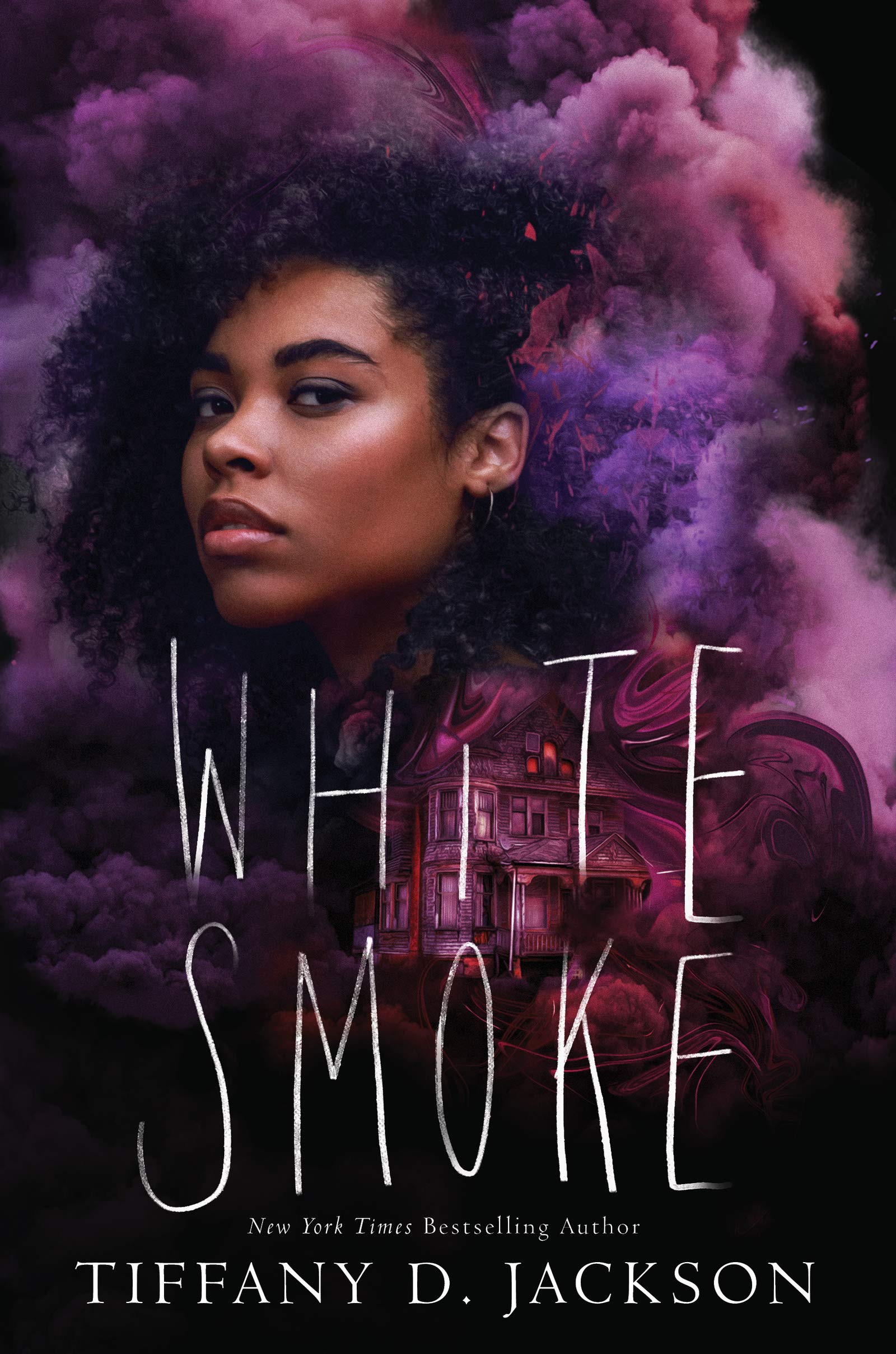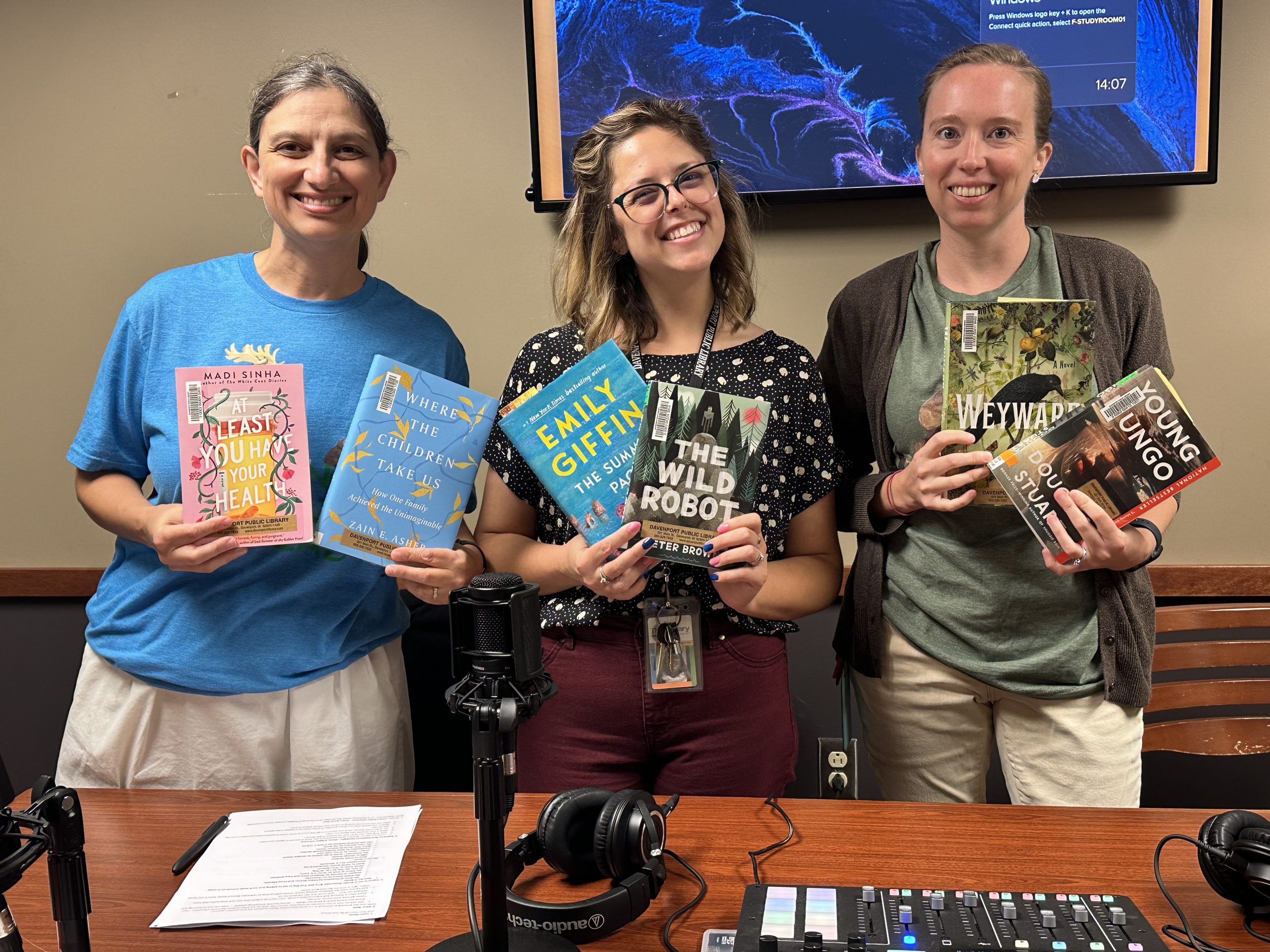If you’re looking for nonfiction books that discuss mental health, start with this list! Here we have gathered a list of nonfiction mental health books that are new to the Davenport Public Library shelves. Don’t hesitate to reach out if you are looking for more titles on this subject.
These titles are owned by the Davenport Public Library at the time of this writing. Descriptions have been provided by the publisher.
 All in Her Head: How Gender Bias Harms Women’s Mental Health by Misty Pratt
All in Her Head: How Gender Bias Harms Women’s Mental Health by Misty Pratt
This provocative, deeply personal book explores how women experience mental health care differently than men—and lays out how the system must change for women to flourish.
Why are so many women feeling anxious, stressed out, and depressed, and why are they not getting the help they need? Over the past decade, mood disorders have skyrocketed among women, who are twice as likely to be diagnosed as men. Yet in a healthcare system steeped in gender bias, women’s complaints are often dismissed, their normal emotions are pathologized, and treatments routinely fail to address the root causes of their distress. Women living at the crossroads of racial, economic, and other identities face additional barriers. How can we pinpoint what’s wrong with women’s mental health, and what needs to change?
In All in Her Head, science writer Misty Pratt embarks on a crucial investigation, painting a picture of a system that is failing women on multiple levels. Pratt, who shares her own history of mental illness, explores the stereotypes that have shaped how we understand and treat women’s distress, from the Ancient Greek concept of “hysteria” to today’s self-help solutions. Weaving together science and women’s personal stories, All in Her Head debunks mental health myths and challenges misconceptions, addressing the following questions:
- When did normal emotions become symptoms of a disorder?
- What are specific risk factors for common mental disorders that disproportionately affect women?
- How did “burnout” become a women’s disease?
- What can we do to make peace with our moods and embrace the gifts of our emotions?
Pratt also tackles the thorny topic of medication, taking a nuanced and evidence-based approach. Women who present at their doctor’s office with depression, anxiety, or stress are often prescribed antidepressants as a first-line treatment: at least one in four American women are now taking these medications. Antidepressants have a real effect that can be helpful for some individuals; however, Pratt persuasively argues that our current approach ignores the underlying causes of most women’s depressive symptoms.
Today, a rising movement of women is demanding better when it comes to mental health treatment. Armed with the latest science, insight from those who have been through the therapeutic system, and enough humor to lighten the load, All in Her Head provides women with hope and courage to reframe and reclaim their mental health. – Greystone books
 Devout: A Memoir of Doubt by Anna Gazmarian
Devout: A Memoir of Doubt by Anna Gazmarian
In this revelatory memoir, Anna Gazmarian tells the story of how her evangelical upbringing in North Carolina failed to help her understand the mental health diagnosis she received, and the work she had to do to find proper medical treatment while also maintaining her faith.
When Anna is diagnosed with bipolar disorder in 2011, she’s faced with a conundrum: while the diagnosis provides clarity about her manic and depressive episodes, she must confront the stigma that her evangelical community attaches to her condition. Over the course of ten years, we follow Anna on her journey to reframe her understanding of mental health to expand the limits of what her religious practice can offer.
In Devout: A Memoir of Doubt, Anna shows that pursuing our emotional health and our spiritual well-being is one single mission and, in both cases, an act of faith. – Simon & Schuster
 Give Me Space But Don’t Go Far: My Unlikely Friendship with Anxiety by Haley Weaver
Give Me Space But Don’t Go Far: My Unlikely Friendship with Anxiety by Haley Weaver
A tender, funny, illustrated memoir about anxiety and self-acceptance from the artist behind @haleydrewthis
Anxiety has been glued to Haley Weaver’s side since she was a child. Like most people, Weaver saw the constant what-ifs and worst-case scenarios that Anxiety whispered in her ear as an obstacle to her happiness. Maybe she could dump her anxiety at her therapist’s office, or send it on a trip far, far away—anything to get rid of it for good. But over time she realized anxiety’s true intention: to keep her safe. Could she learn to let it do its job but also figure out how to live without constant worry and fear?
This full-color, illustrated memoir stars Haley and Anxiety (as themselves) and showcases their complicated but ultimately uplifting relationship. It also introduces readers to the helpful (and not-so-helpful) coping mechanisms Haley relies on to soften the edges of her mental health issues. There’s the Distractor, who wears a bright red boa and encourages Haley to avoid uncomfortable feelings by scrolling the Internet, the Liar, who teaches Haley the pillars of a good fib in order to survive at the middle school lunch table, and even the Partier, who gives Haley a social life in college but also lands her in the ER. From detailing her first unsupervised birthday party as a preteen to exploring the overwhelming life transitions as an adult, Give Me Space but Don’t Go Far brings to life the pivotal moments of Haley’s life and illuminates the lesson she’s learned: With care, practice, and sound strategies, we can learn to coexist with our anxiety—and maybe even love it. – Avery
 How to Find a Four-Leaf Clover: What Autism Can Teach Us about Difference, Connection, and Belonging by Jodi Rodgers
How to Find a Four-Leaf Clover: What Autism Can Teach Us about Difference, Connection, and Belonging by Jodi Rodgers
A powerfully moving read from beloved Love on the Spectrum star and disability rights advocate Jodi Rodgers, sharing lessons from her work within the autistic community that can help create a more inclusive society for us all.
In How to Find a Four-Leaf Clover, Jodi Rodgers gives us inspiring, heartwarming stories from her years of experience as a teacher and counselor supporting autistic people. While acknowledging our differences, these stories invite us to expand our empathy and compassion for the neurodivergent people in our lives. Throughout, Rodgers explores the powerful impact of embracing neurodiversity and forming meaningful connections with those around us. Each chapter highlights a different story and an aspect of human behavior, including:
- How we perceive the world, and our own unique experience of thinking, sensing, and feeling
- How we communicate our perspective to others, understand one another, and express ourselves
- How we can better connect with one another
With dozens of moving stories, How to Find a Four-Leaf Clover will give readers a deeper understanding of and appreciation for the neurodiverse community around them. Above all, it will inspire a profound sense of belonging, revealing that we’re much more similar than we think. – Little Brown Spark
 How We Break: Navigating the Wear and Tear of Living by Vincent Deary
How We Break: Navigating the Wear and Tear of Living by Vincent Deary
Drawing on cutting-edge science and intimate personal stories, an essential and paradigm-shifting book for readers struggling with fatigue, burnout, stress, and trauma—and for all of us who sometimes feel like we have been pushed past our breaking point.
In How We Are, the health psychologist and author Vincent Deary explored the process of habit and change in everyday life. In How We Break, a deeply compassionate and illuminating exploration of suffering, he examines what happens when we are pushed to our limit.
Deary is a practitioner health psychologist who also works in a fatigue clinic and specializes in interventions that help people cope with whatever life has thrown at them. The big traumas in life, he points out, are relatively rare. Much more common is when too many things go wrong at once, or we are exposed to a prolonged period of difficulty or precarity. When we are subjected to too much turbulence—when the world shrinks to nothing but our daily coping—we become unhappy, worried, hopeless, exhausted. In other words, we break. Breaking, he shows us, is embodied, as our physical and mental distress are linked, and happens when the same systems that enable us to navigate through life become dysregulated. But if we understand how the turbulence and overwhelm of life affects us, then we have a better chance of overcoming the challenges.
Drawing on clinical case studies, trailblazing scientific research, intimate personal stories, and illuminating references from philosophy, literature, and film, How We Break offers a consoling and deeply felt new vision of everyday human struggling, and it makes a bold case for the power of rest and recuperation. – Farrar, Straus and Giroux
 Jenna Bush Hager has selected The Mighty Red by Louise Erdrich for her October pick.
Jenna Bush Hager has selected The Mighty Red by Louise Erdrich for her October pick. Reese Witherspoon has selected Society of Lies by Lauren Ling Brown for her October pick.
Reese Witherspoon has selected Society of Lies by Lauren Ling Brown for her October pick.















 The Library now has
The Library now has  Have you been meaning to learn a new language or polish those sophomore year Spanish skills?
Have you been meaning to learn a new language or polish those sophomore year Spanish skills?  Celebrate Banned Books Week!
Celebrate Banned Books Week!














